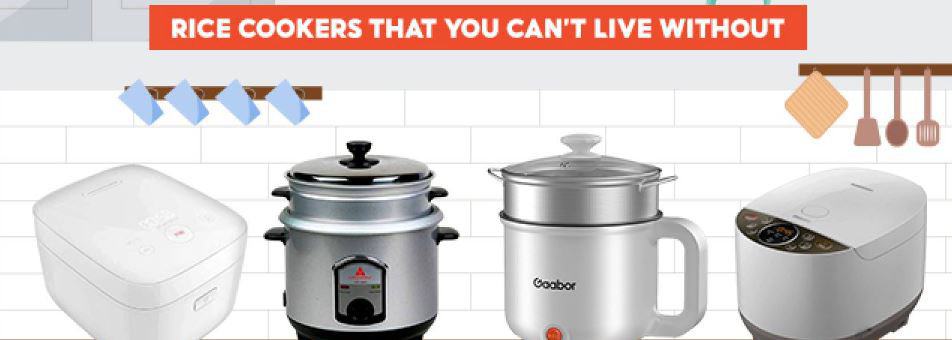Have you ever wondered how rice is prepared using a rice cooker? How does a rice cooker work? Have you wondered how rice turns from a hard little grain to a big fluffy morsel? There are two major things rice need to become ready, and that is head and water. There are four phases in cooking rice, and that include:
- Sitting in water
- Boiling
- Absorbing water (steaming)
- Resting
The way a rice cooker works is to guide the cooking of rice through these four phases. The components of a rice cookie include the main body, electric heating plate, thermal sensing devil, control buttons, and an inner cooking pan.
The procedure involves the cook preparing the rice and putting it in the inner cooking pan along with water, which is now inserted into the rice cooker’s shell. The thermal-sensitive device is depressed by the weight of the pan, and the water is boiled up by the heating plate. The sensing devil gauges the temperature of the content of the pan; it is at the base of the rice cooker’s main body.
The simplest rice cooked simply transfer her from the heating plate to the cooking pan, and this is aided by the type of metal used in the production of the rice cooker. Copper and alumni are highly conductive, and they transfer head easily, which makes them a perfect fit for making cooking pans. This greatly influences the time it takes for the rice to get ready.
The process is really simple when the water which the rice is in reaches boiling point, the temperature will cease to increase. For as long as the water remains in the pan, the temperature will be stable until the rice absorbs the water, then the temperature will begin to rise, the thermostat will detect this, and the rice cooker will be tripped. Some models, however, will bring the rise cookie to a warming mode. At this point, the rice has finish cooking and is in the resting phase.
The reason for creating or production rice cookers is not to speed up the cooking time; the primary reason is to accomplish the taste with fewer mistakes and less fuss than a cook using a stovetop pot. Fuzzy logic helps rice cookers response to what is happening in the pot; let’s briefly take a look at fuzzy logic and its operations in rice cookers.
Fuzzy-logic rice cookers have been made in such a way that computer chips control their ability to make appropriate adjustments to cooking time and temperature, unlike basic rice cookers that complete the rice cooking process in a single-minded mechanical manner.
Fuzzy logic machines have been programmed to look at the world more humanly with degrees of truth rather than cold, hard parameters and strict data sets. It is a practical approach. An example is when rice is cooking too fast on a hot day; the fuzzy logic algorithm of if/then statement will come into place, thereby reducing the temperature.
For more information about the best rice cookers, health benefits of rice, and all you need to know about rice, and its types, please check out other links on www.ricecookers101.com


